“We have the porn that we deserve,” wrote the feminist activist María Llopis. Photographer Katia Repina tends to agree.
“We have the porn that we deserve,” wrote the feminist activist María Llopis. After spending three years inside the Spanish pornography industry, photographer Katia Repina tends to agree. She first got interested in investigating porn behind the scenes because of questions surrounding the well-being of the actresses. Were these women working in porn for any other reason than money? Was it truly a consensual career? But as her project progressed, the Moscow-born photographer discovered the complexities of the industry—and how, overall, pornography was perhaps no better or no worse than any other mirror on our society. She joined R&K from her home in Barcelona.
Roads & Kingdoms: What was your first contact with the porn industry?
Katia Repina: Three years ago, I went to a very famous porn festival in Barcelona. I was shocked. It was the first time I saw porn stars in real life. It was like a rock concert. They were on stage, people watched them from below with a camera in one hand and a video recorder in the other. From the faces of these actors, you could tell they weren’t so excited. So I thought, OK, I’ll take some pictures. I came home and started reading everything about pornography. I learned that for example, in the US, the porn industry is very different. It’s professional, it’s glamorous, it’s chic. Here in Spain, it’s not. I thought it would be interesting to investigate pornography, and to use photography to answer all my questions about women in porn. Is it bad for teenagers? Does it set a bad example? Is it so harmful? So violent? A lot of women I spoke to, for example, said pornography is a theory and sexual violence is a practice. That had a strong impact on me and I decided I would start this project.
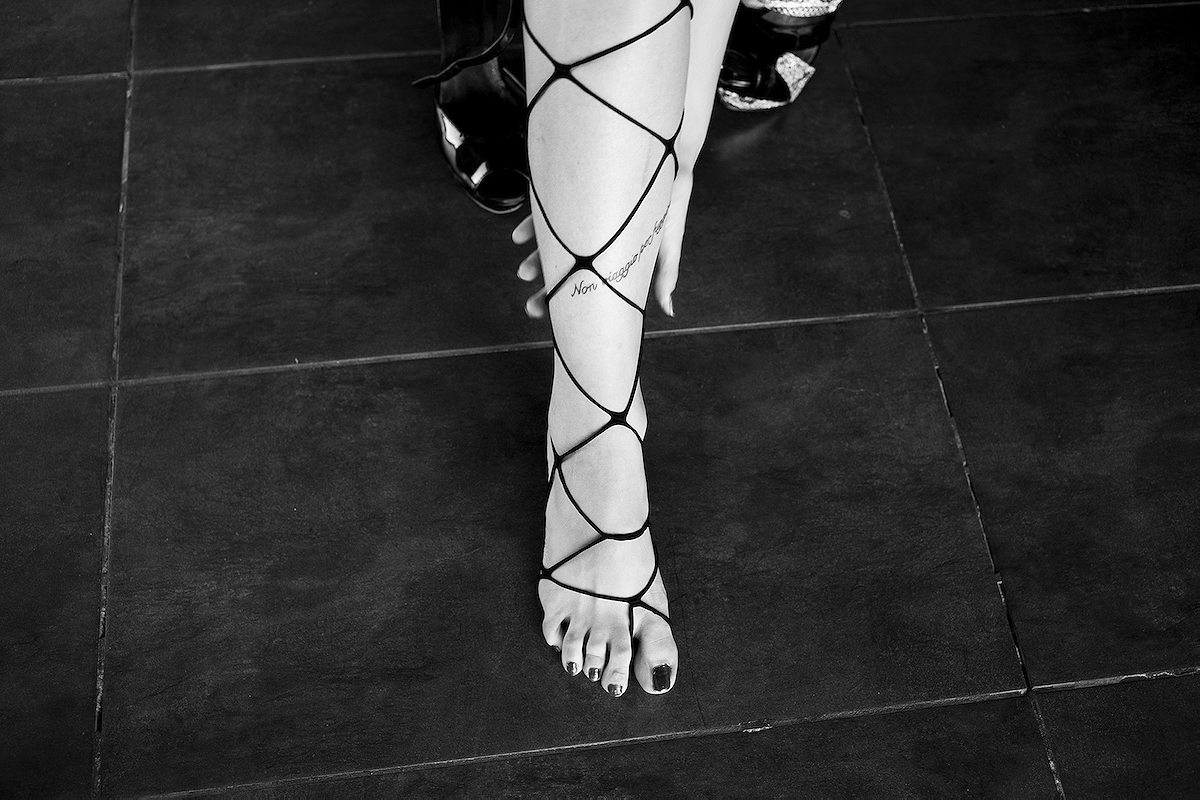
R&K: What did you want to ask the women in these videos?
Repina: Videos I saw portrayed women as objects. I wanted to know how they felt about that. Were they feminist or not? Because in general, what is pornography? Pornography is a straight, white man dominating a woman. And little by little, I understood that pornography was like Hollywood: an actor can be a serial killer in a movie and that’s OK because it’s just a role. So pornography can be an escape to try things that you can’t try in your real life, so my feelings changed overall.
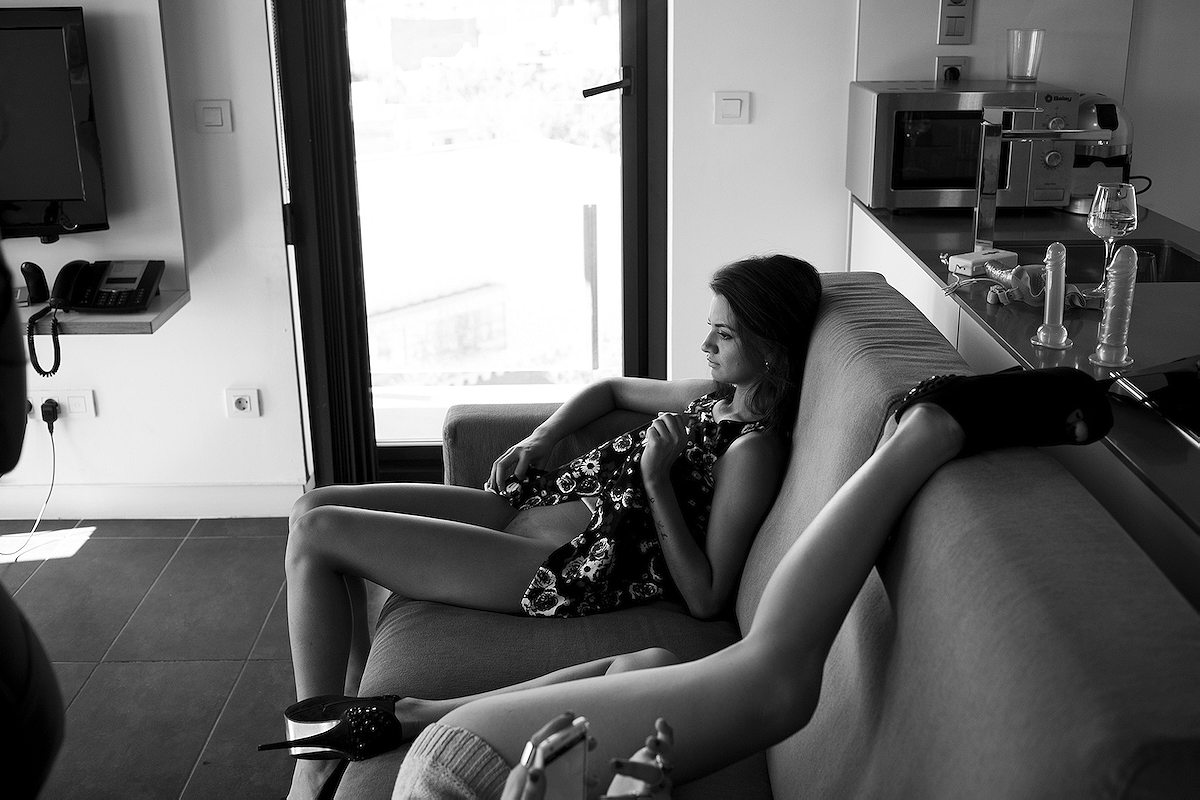
R&K: Pornography seems like a very closed, secretive world. How did you gain such amazing access?
Repina: It took me a long time. That first moment when I went to this pornography festival, I took some pictures, but I did not know anybody. When I came home, I started looking for who these people were on the Internet and found most of them on twitter. Pornography is very big on twitter. Why? Because they don’t have sex censorship like facebook. So I found the people I shot and sent them my photos and they were shocked because they weren’t expecting this kind of pictures. I had tried to find moments where they were relaxed, not performing. Really not the type of pictures they were used to. So I sent them photos and asked to go on video shoots, and of course it was very difficult. Everybody said no. Then one man said OK. I went and met other actresses, and went on to more and more shootings.
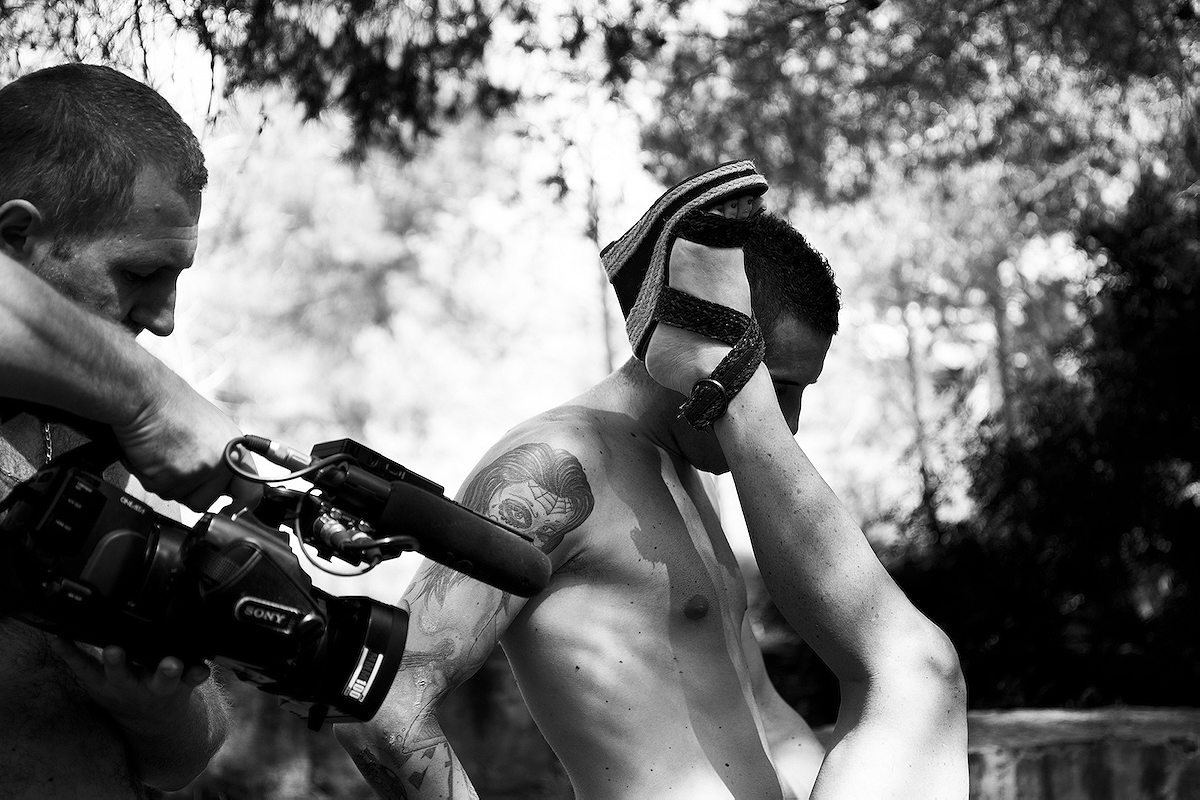
R&K: Can you talk about what you were thinking during that first shoot?
Repina: Well the very first shooting was a little bit hardcore, and it was MILF porn. And it was also during that first shooting that one of the guys told me: “hey I need to go somewhere, can you continue taking photos with my camera of this scene?” So, I was feeling strange. But the fact that I was taking photos gave me protection. If I hadn’t had the camera, I don’t know if I could have stayed so relaxed. It’s not a nice moment for anybody. But I was behind my camera and I wasn’t thinking “what is happening?”. I was thinking, “how will I compose this shot?”
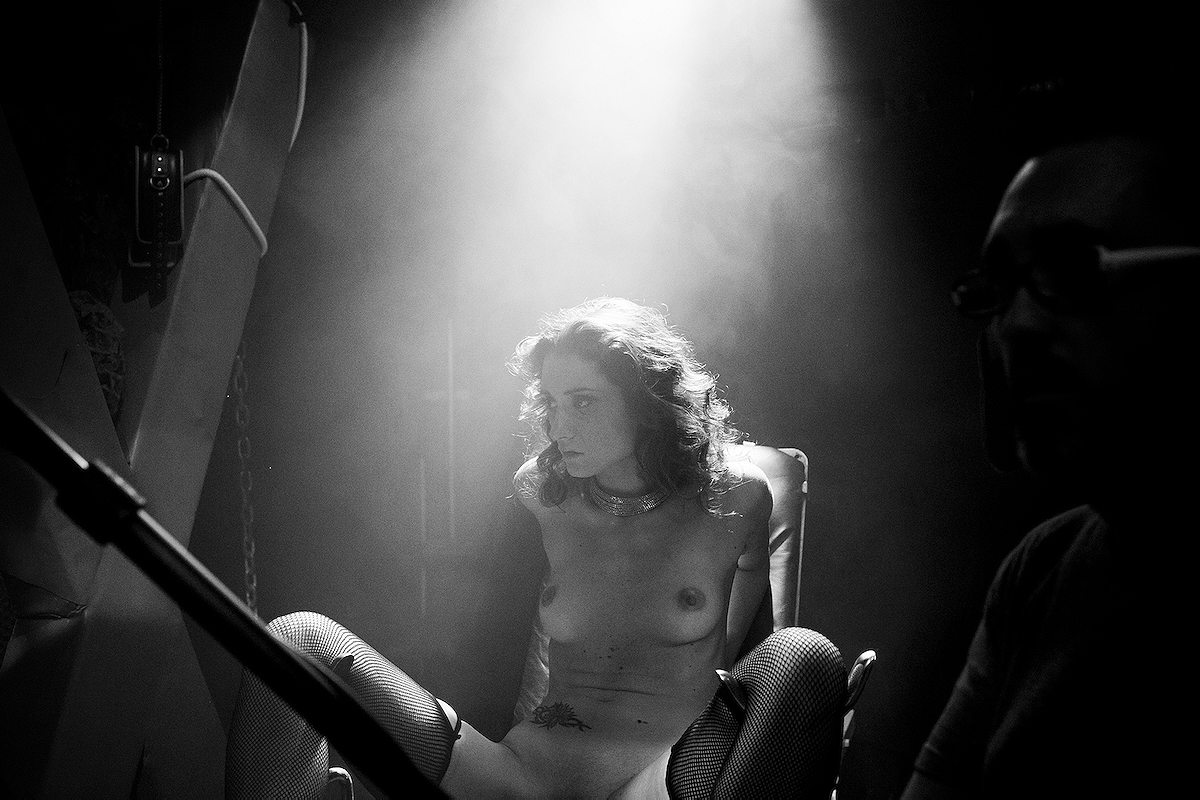
R&K: What are the different places you went to? There’s one house that looks very luxurious with a swimming pool, and another that looks more dingy…
Repina: Places you see in the photos are very different because they show different types of porn. There is mainstream porn, which is the majority. Some shootings take place in luxury houses and others in cheap hotels or just on the street or the forest. It depends on the production company. There are people who don’t even want to spend money on the makeup artist, so it looks very amateur and cheap, but people like that too. There’s alternative porn—so girls with tattoos, no silicon, they do it for fun and only shoot when they feel good, it’s not macho and the girls enjoy it. Then, there’s pornography for women or more cinematic pornography. Erika Lust makes a lot of porn like this in Spain. And then there’s Post-Porn, which is very different.

R&K: What’s that?
Repina: Post-Pornography is a very curious thing because they don’t make it for money. They see it as a tool to transmit political, mostly feminist, messages. A lot of times, it’s not sexually stimulating. I went to some live performances and it’s a very strange thing because it’s something you wouldn’t expect from pornography. I like it, because unlike many feminists who are against all pornography, they say: “OK, we don’t like mainstream pornography, what can we do about it? We can die, or we can do our pornography, and show how we want to see things, think about these things.” It’s so interesting how they switched that situation around.
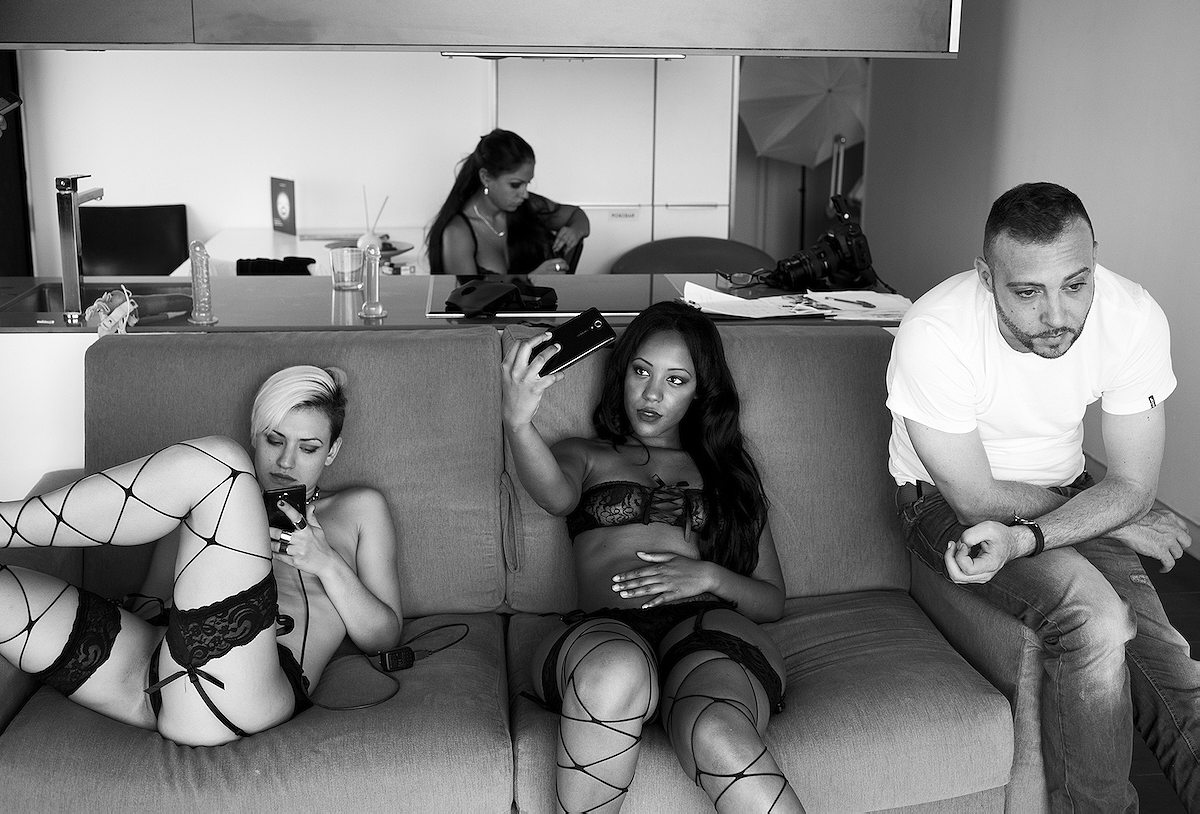
People who work in porn, they show so much of themselves that they try to keep a part of them private
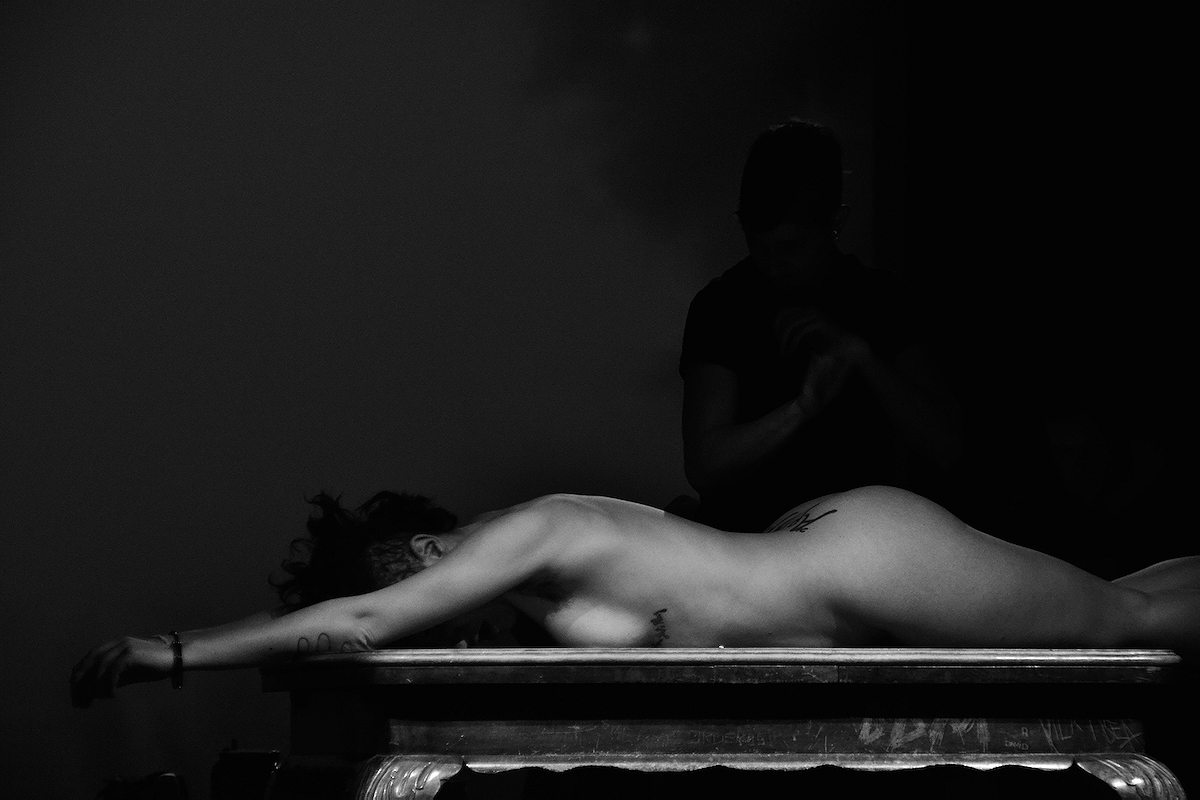
R&K: Is there something about the pornography industry that’s specific to Spain?
Repina: Yes. A lot of actors told me that it’s impossible to live from porn in Spain. There are very few jobs and they’re not well-paid. So actors need to make extra money with a webcam, or bachelor parties, strip-tease shows, a lot of times prostitution—anything connected to the sex industry. With the crisis in Spain, a lot of girls turn to porn because they think they can make a lot of money. Some are very young. They’re not prepared for it. They think they can work a few months and then do something else, but it doesn’t work like that.
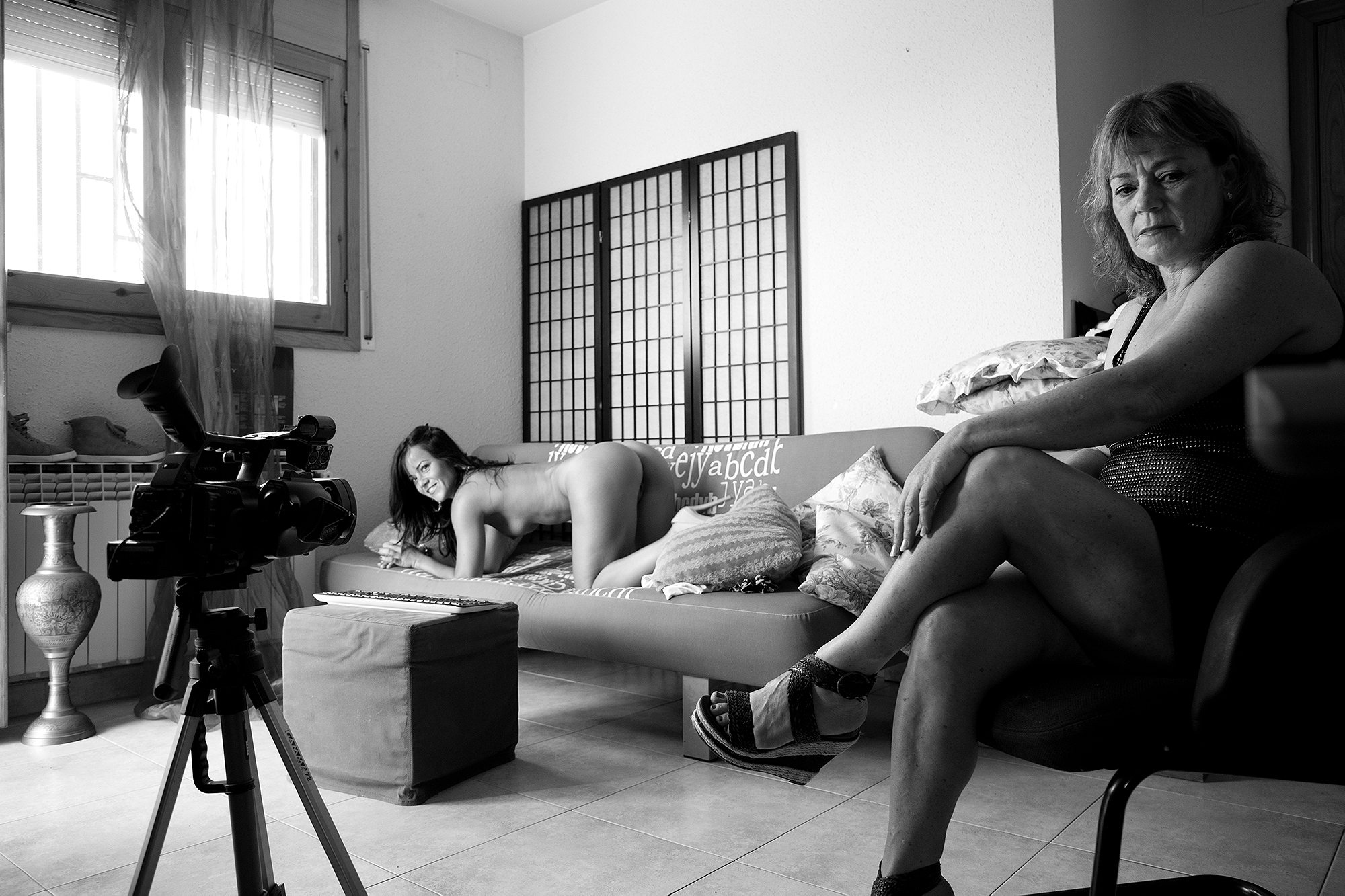
R&K: You mentioned the possible links between porn and sexual violence. Did you witness them during this project?
Repina: I was thinking about two aspects: sexual violence during the shooting, and then in relation to the consumer. For the first part, I never witnessed a really violent situation. You can see very bad stuff on the Internet, but I didn’t see any of that, and honestly I don’t think I would have continued this project if I had. In the shootings, there is violence but it’s acted, the actors know how to make it look good for the camera. On the consumer side, it’s a more complicated question. I would like to make another project about porn addicts because I’ve met some at the festivals, and every year you see the same people, and you know that they’re addicts because you see their comments everywhere online. I’m going to make a project about them. But I don’t think the connection between porn and violence is so direct, I don’t think it’s a theory for sexual assault. Violence has always existed, before the Internet and before pornography. You can’t say that a person assaulted someone because he watched porn. I think he might like to say that, to give the responsibility of his decisions to society, but I believe everyone is responsible for what they do.
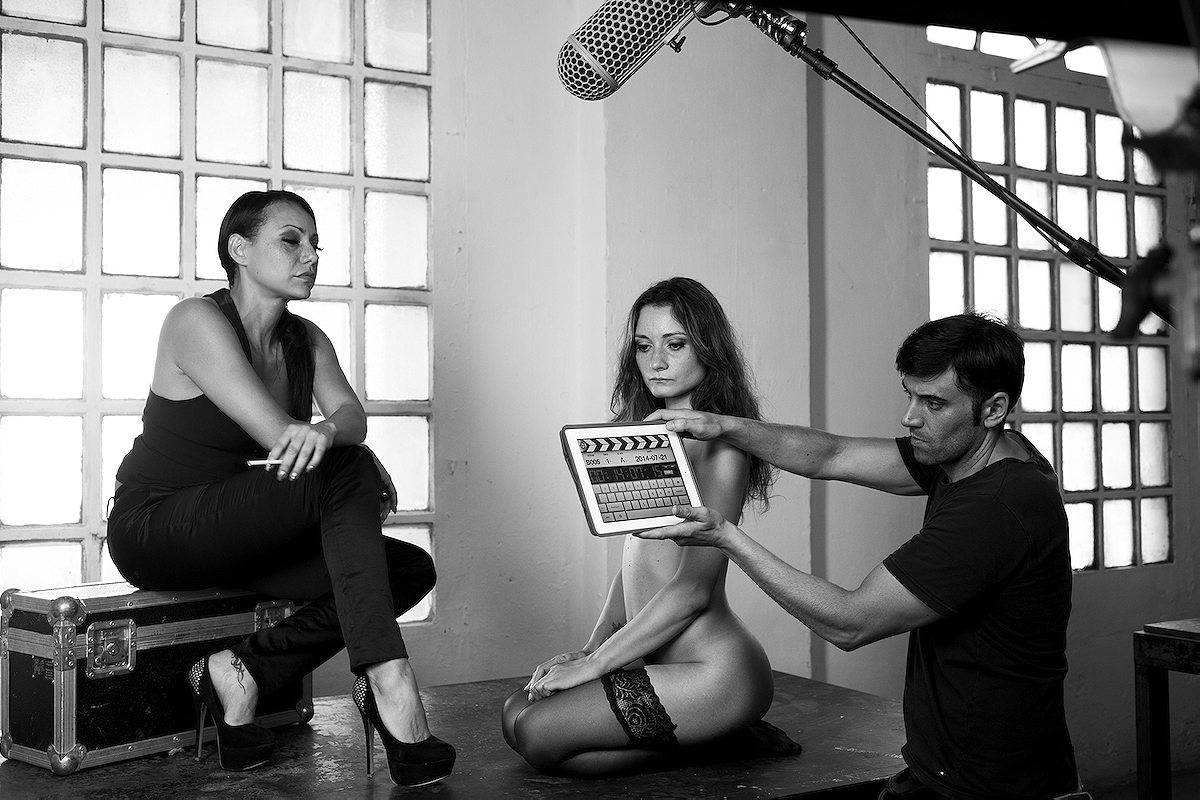
R&K: What did you learn over these last three years?
Repina: So many things. I met one girl called Marta during her second our third shooting. It was the week she turned 23. I started following her and we became friends. I learned a lot from her. People who work in porn, they show so much of themselves that they try to keep a part of them private. But she really opened up to me. Today, she’s a famous porn star. You can see her on a shooting, but when you speak to her about what she feels, it’s like she’s an athlete. She can just put the makeup on and do her performance, and she feels OK about that. I asked if she suffered because of what she did, and she said no. For her, sex was not taboo. And this is what I learned during this project. That a lot of people said: “I feel good.” That was a big discovery for me, to see that not all of them are victims. They were normal, and very nice people. They didn’t go around the whole day thinking about sex. No, it’s a job.
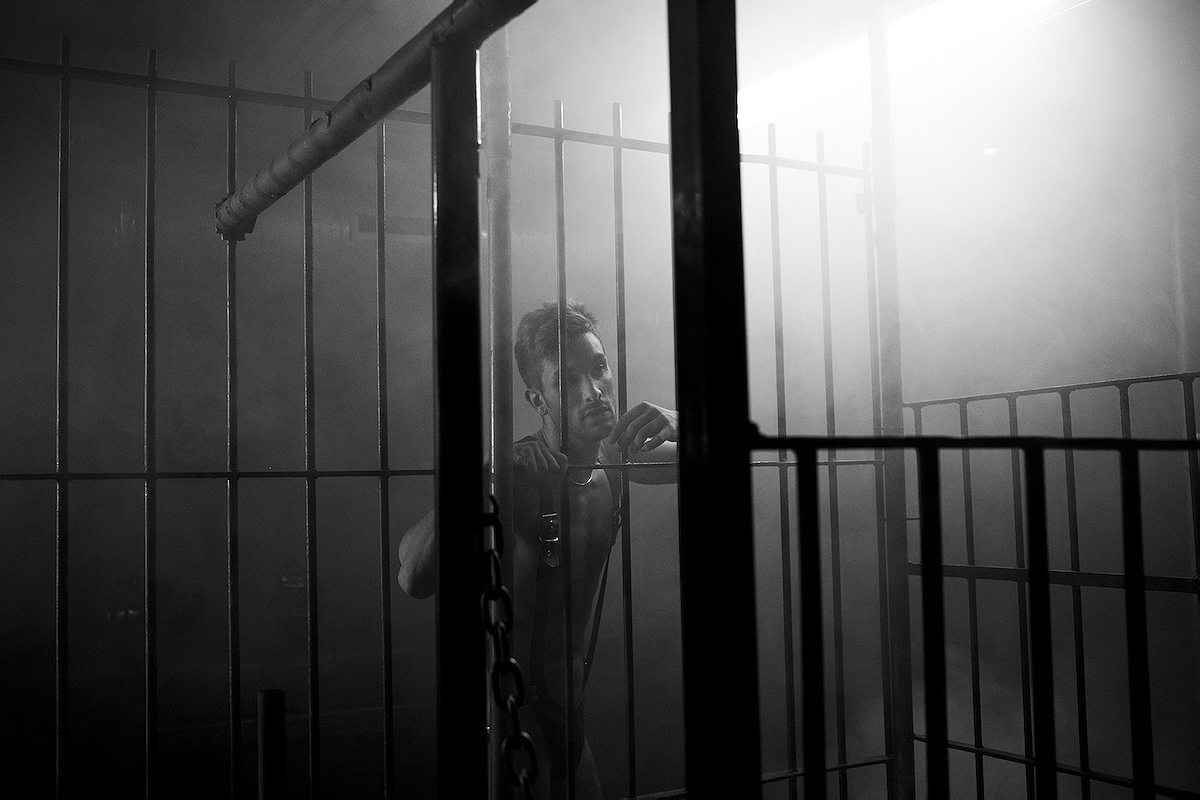
R&K: And for you personally, how did you feel as a woman being there? Did it help with access?
Repina: Yes. A lot of actresses told me they let me in because I was a woman. They knew I wasn’t doing this to take advantage of them, to use it for myself. With my behavior, I showed them that what was interesting to me wasn’t the precise moment of the pornography, it was everything around it.
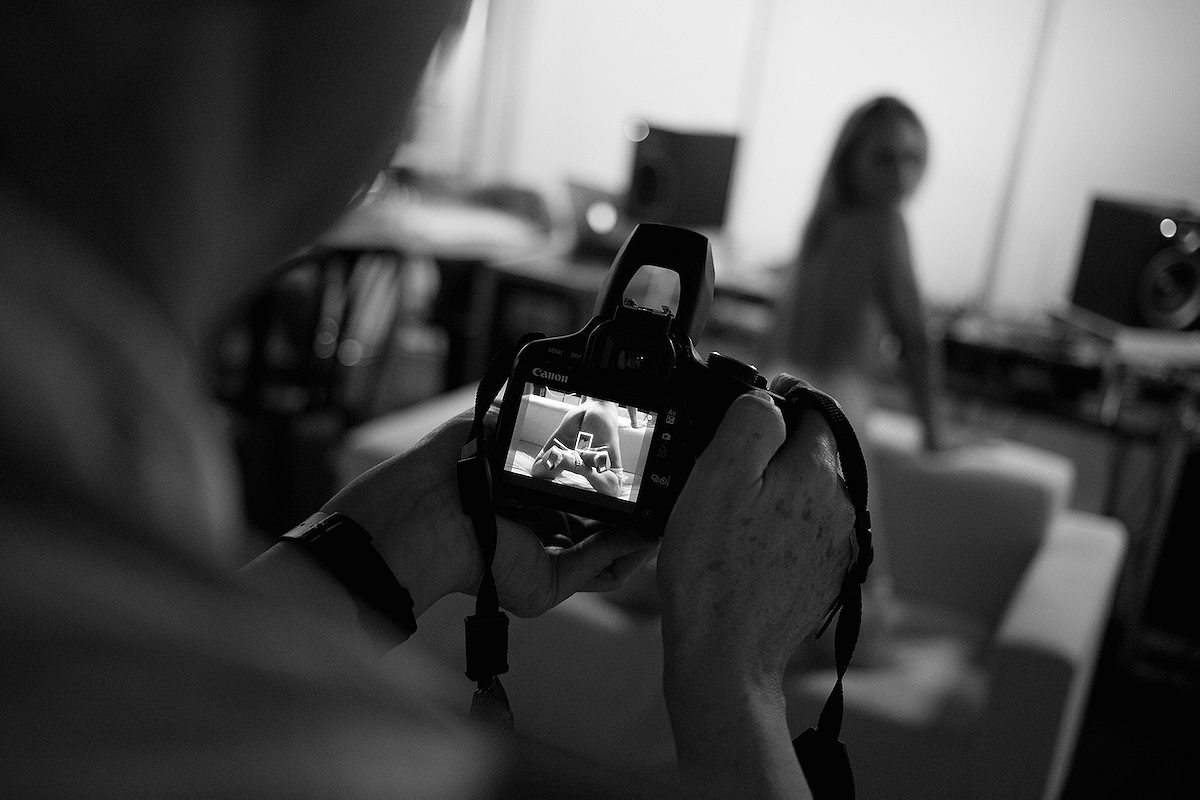
R&K: Can you talk about the following quote from María Llopis, a famous activist on the PostPorn scene, which you decided to include in your project: “Pornography is a reflection of our sexed society. All our miseries are reflected in it.”
Repina: I really agree with this statement because I think pornography is a mirror of the society we live in. If you don’t like what you see in pornography, well, this is the life we are living. Women are treated like this every day. I’m surprised people say that pornography is violent. I see it as a mirror. This is what we deserve as humans. It shows the violence we have inside us.
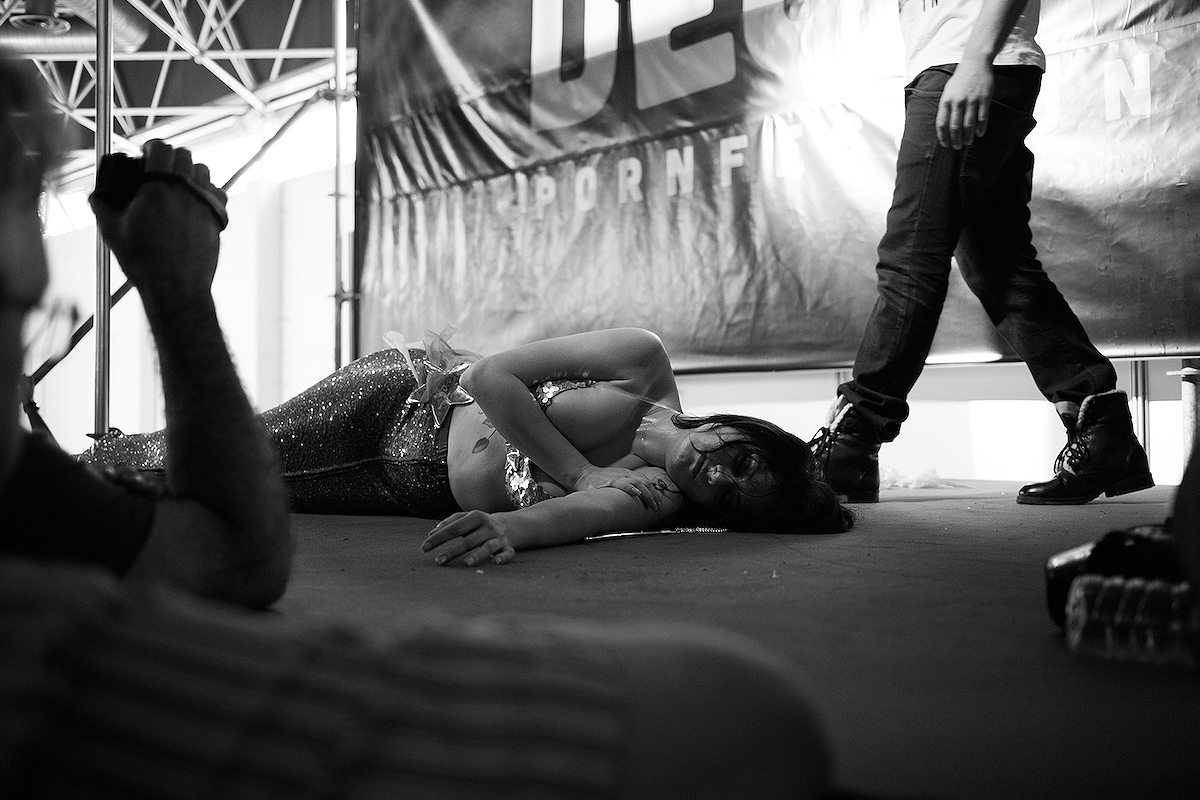
You can see more of Katia Repina’s work here.